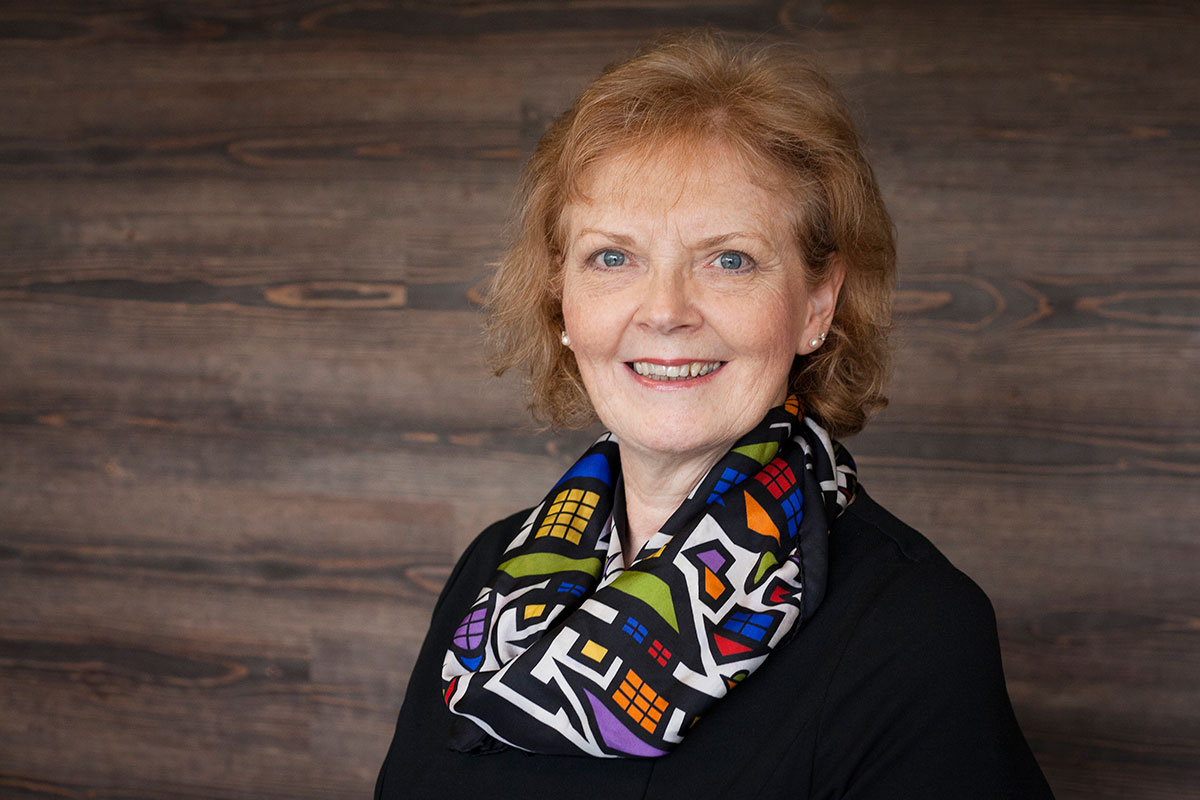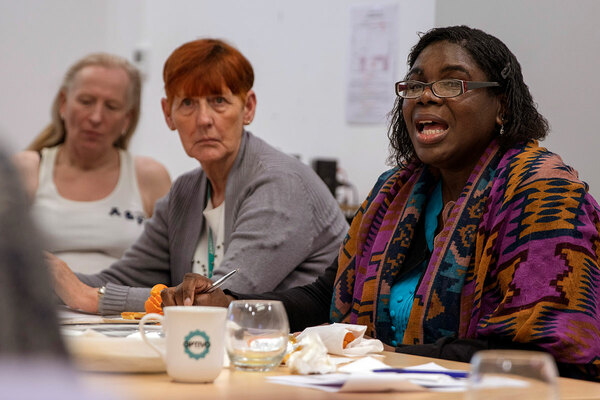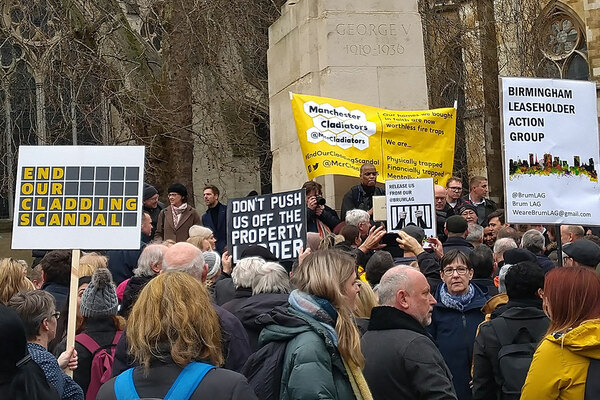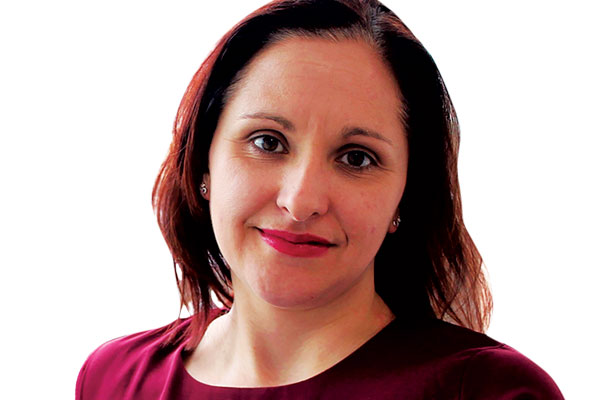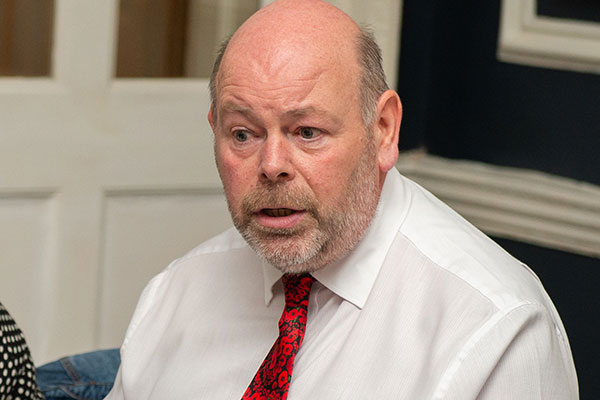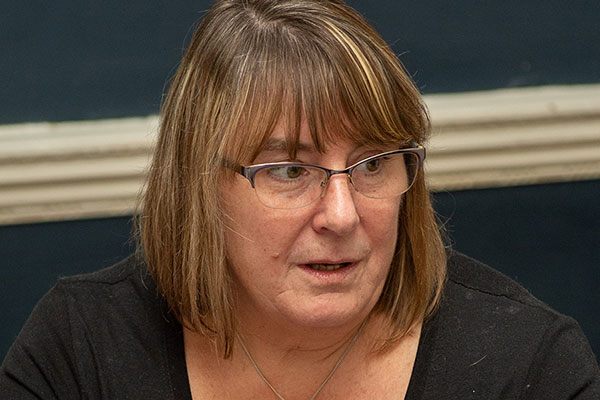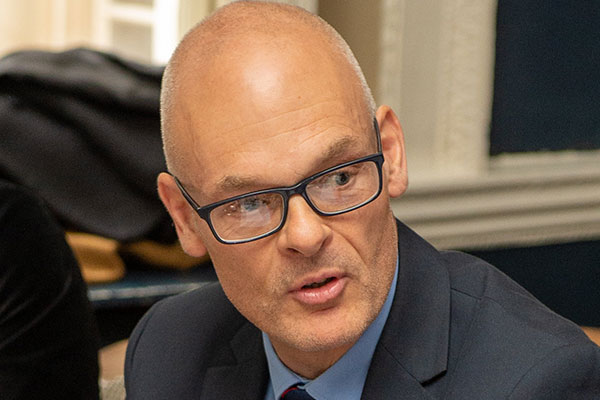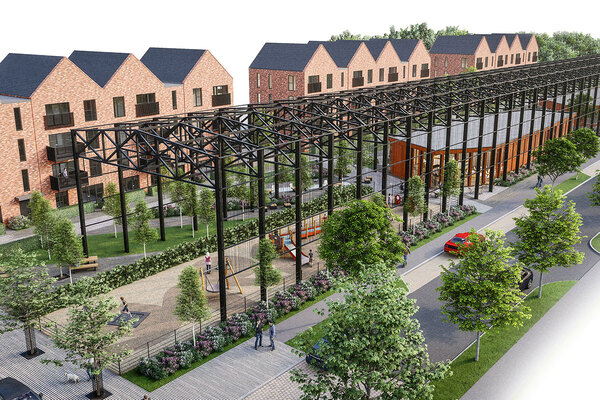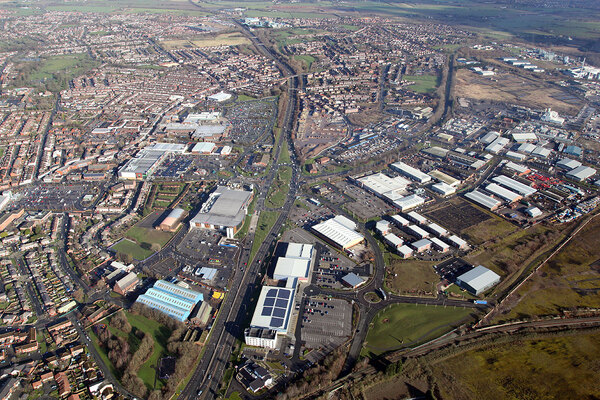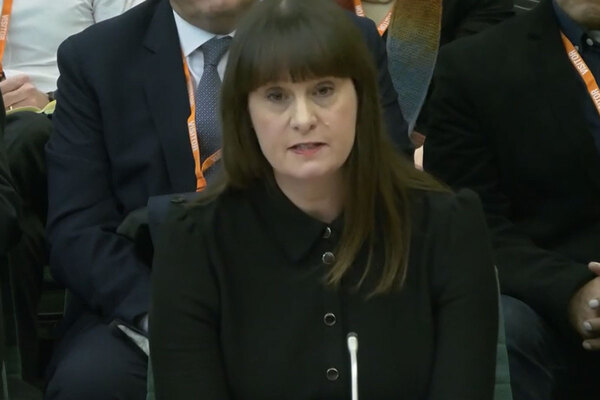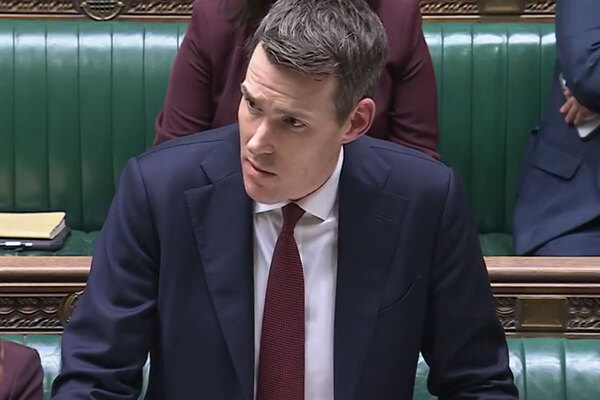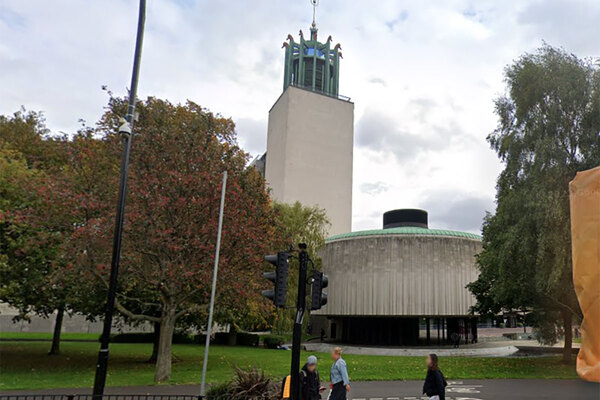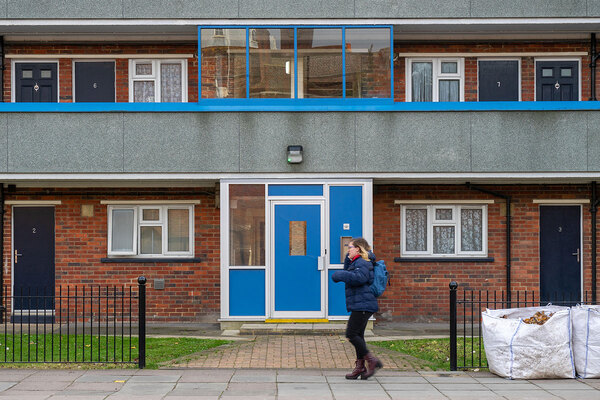‘Hyde’s safety campaign was a time of learning – we listened to our residents and what they needed from us’
Inside Housing and Aico’s Resident Safety Campaign seeks to uncover outstanding work by social landlords to raise residents’ awareness of safety issues. Here, we speak to Hyde’s compliance director Liz Oliver
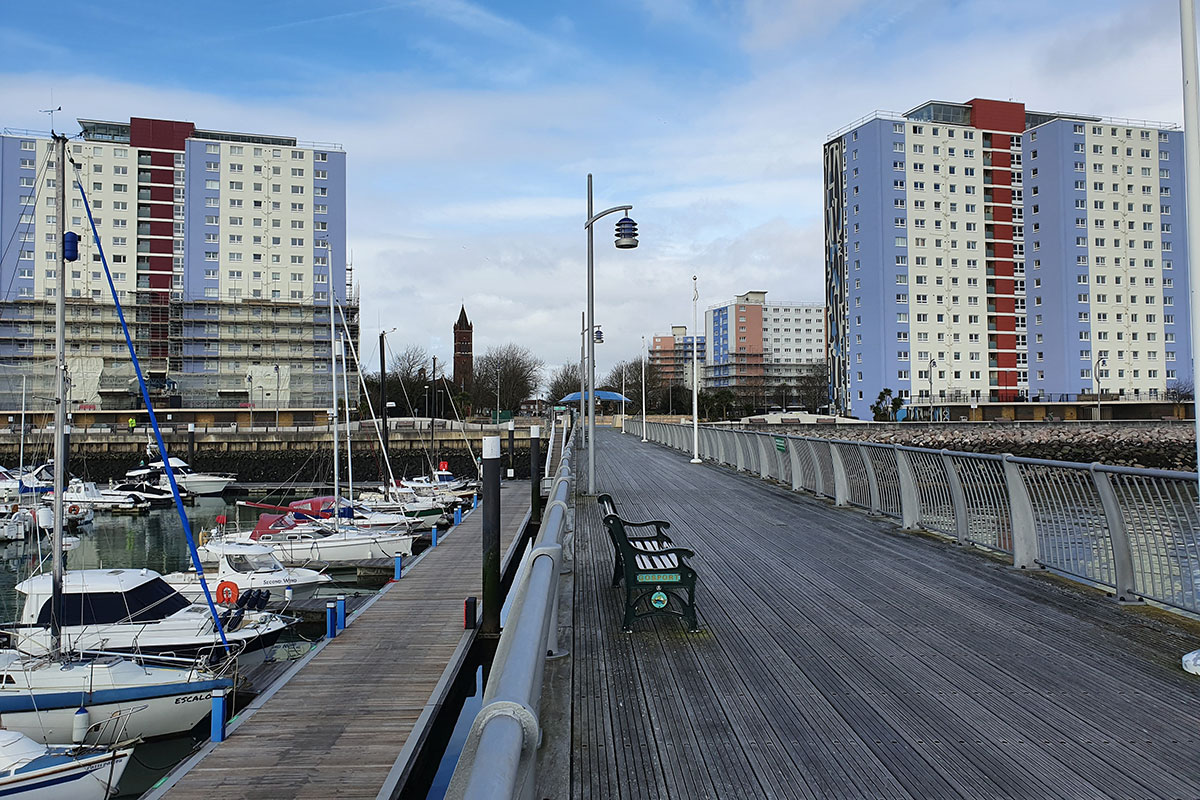
In association with:

Last year Inside Housing launched a Resident Safety Campaign, in association with Aico, to showcase landlords’ good practice while working with residents to raise awareness of safety issues. This was inspired by 2018’s Social Housing Green Paper, which stated how vital it is for residents to have the opportunity to input into landlords’ safety policies. We also launched a competition to source the very best approaches from across the sector.
This year, the Resident Safety Campaign continues. We will be working with 12 Safer Homes Ambassadors throughout the year to find out more from those who are working directly with residents to promote messages of safety and to keep everyone informed.
“Last year Inside Housing started an important conversation about how landlords can raise awareness of safety issues with residents. Due to its success, I’m pleased we’re continuing our campaign with Aico to help promote safety in social housing”
Martin Hilditch, editor, Inside Housing
Liz Oliver, compliance director at Hyde Group, is our first Safer Homes Ambassador and one of last year’s competition winners for the cladding replacement campaign the housing association conducted in Gosport, Hampshire, where it has five high-rise blocks that needed their insulation replaced.
“We’re really proud of the work we’ve achieved with the residents in 133 homes in the five Gosport blocks.
“The towers all face the Solent coastline, which meant covering the buildings with sheeting to protect them and the workers from the elements while the cladding was being replaced. As a result, occupants experienced reduced light, not being able to open windows and increased noise. This was a disruptive and lengthy project with specific challenges, which meant it was incredibly important for us to keep residents informed and safe throughout the work.”
“The project was a time of continuous learning for Hyde – we listened to our residents and what they needed from us.
“Understandably, the residents weren’t happy and were worried about their safety. When things didn’t go right, we made changes to ensure everyone felt involved and was satisfied with what we were doing.
“We used a combination of approaches to increase communication with residents about the work that was being done on the exterior of their blocks. We wanted to ensure that all residents were able to find out more because it’s not always convenient to attend meetings. For example, we ran evening events for those people who were working and had a dedicated phone line for those living in the blocks who weren’t so mobile.
“To reassure them, Hyde provided constant resident engagement and placed roaming fire safety patrols in place, 24 hours a day. Our housing managers visited every home to ensure each resident knew what to do in the event of a fire. We also used social media, email, updated the website and posted information in all the communal areas. We learned to keep our messages simple and transparent, and it worked.”
“Our safety campaign brought the whole community together. It turned a difficult situation around.
“We held regular events. Some were socials at the local community centre that brought together staff, contractors and councillors, while others provided more of an ‘escape’ from the blocks. We had more than 150 people join us and as a result more people know their neighbours and our staff know more residents by name.
“Last June, the town marked the 75th anniversary of D-Day, the World War II invasion of Normandy. Gosport played a major role and the celebration included a flypast of aircraft from the Battle of Britain Memorial Flight. The residents asked that for those who weren’t able to leave their homes to join the event if windows could be cut into the sheeting so that they could see the spectacle from their homes – and that’s what we did.”
“The residents’ association conducted a survey after the cladding replacement work was completed.
“It showed that 85% of the residents in the blocks felt that feeling safe from fire risk was their number one priority, while nearly three-quarters of those being surveyed say they feel safer since the cladding replacement work has started, despite it falling behind schedule. This was a fantastic result.”
“The compliance team has rebranded and we’re now called the Safer Homes team.
“This is because it is the essence of what we do. My role involves being aware of new legislation and delivering new works safely and to standard, to make sure our utilities comply. I also keep the board informed and deliver information to residents. I want the people who live in our homes to be aware that we have recruited competent contractors who are striving to achieve safe homes with their landlord.”
“Winning Inside Housing’s resident safety competition was great.
“Being able to take part in the round table and panel discussion helped to start a network where we can share information in the sector. I’m looking forward to continuing this year and sharing it with our team, our contractors and our residents.”
RESIDENT SAFETY CAMPAIGN WINNERS
The judges picked five housing associations using solutions that other landlords can learn from. The four other winners were:
Paul Dockerill, director of energy and programme management, WHG
Project High Rise is a three-year campaign in response to residents’ safety concerns. Activity included residents observing a fire safety test, to show it was safe. A year later, 88% of residents at 11 tower blocks said they feel safe at home.
Stuart Francis-Dubois, operations director, Tamar Housing
Since last May, the small staff team has been using Facebook for a #SafetySaturday post to share information about smoke alarms, carbon monoxide detector testing and how to avoid accidents, and so far each post has been viewed by an average of 124 residents of the housing association’s 600 homes.
Rosemary Ley, resident representative, Optivo
Optivo’s residents of high-rise blocks were surveyed post-Grenfell, and many did not know what to do in the event of a fire, while others were anxious about the message to ‘stay put’. As a result, staff have been trained to clearly communicate fire safety procedures and the website, social media and a newsletter are used to communicate about fire safety.
